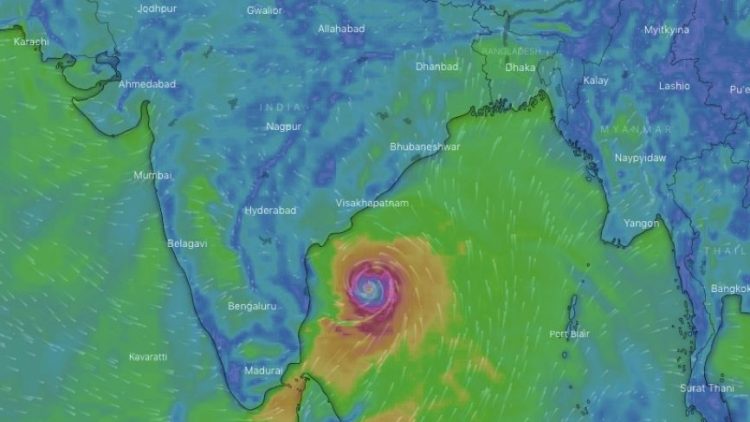Fani Cyclone: Preparedness validates effectiveness of Sendai Framework
The Sendai Framework for Disaster Risk Reduction is a 15-year, voluntary, non-binding agreement which recognises that the state has the primary role to reduce disaster risk in partnership with other stakeholders such the local government and the private sector.

- Country:
- India
Preparedness to manage disaster risks is a continuous and integrated process resulting from a wide range of risk reduction activities. The preparedness not only provides a platform to design realistic, effective, coordinated planning, and reduces duplication of disaster response efforts but also increases the overall effectiveness of such efforts.
The Sendai Framework for Disaster Risk Reduction is the first major agreement of the post-2015 development agenda, with seven targets and four priorities for action. It is a 15-year, voluntary, non-binding agreement which recognises that the state has the primary role to reduce disaster risk but that responsibility should be shared with other stakeholders including the local government, the private sector, and other stakeholders. Preparation for disaster risk management starts from the installation of an early warning system, community preparedness, contingency planning, better programming initiative, logistics preparedness, vulnerability and capacity assessment, training in disaster management, etc.
In a recent cyclone named Fani, India presented a good example of disaster preparedness. Zero casualty policy and the pinpoint accuracy of the India Meteorological Department's (IMD) early warning system helped to reduce the possibility of deaths. Over one million people were evacuated from the path of Fani, nearly 100,000 of the evacuees from Puri alone in the country's largest evacuation operation. In this disaster preparedness exercise, the effectiveness of the provisions of the Sendai Framework was again got validated.
The preparedness to face Fani was a collective work of several agencies and authorities. For example, upon issuance of the warning and advisory for preparation, utilities such as railways, aviation, electricity, etc. took preventive measures to minimise the losses. These collective efforts became complementary to the evacuation exercise and contributed to minimizing the losses to the people and the economy. Not only India but Bangladesh also showed good preparedness to face Fani. Post the cyclone, the men and machinery of NDRF, Odisha Disaster Rapid Action Force and fire services have launched a massive restoration work.
Compared to Super cyclone of 1999 and Phailin cyclone of 2013 which killed 10,000 and 44 people respective, the losses due to Fani were substantially minimized through preparedness. This cyclone lashed Odisha and parts of West Bengal in India, triggering heavy rainfall accompanied by wind touching the speed of 200 km/h, that left at least three dozen dead besides over 160 injured, substantial damage to telecommunications, power infrastructure, houses, and uprooted trees. The preliminary estimates of total damage cost of the destruction wrought by the Fani amount to about US$ 8.5 Million which may be revised upward upon the detailed assessment.
The damage caused by the Super cyclone was due to the unprecedented wind velocity of up to 260 km/h followed by torrential rains that caused massive destruction. The total damage cost of the destruction wrought by the super cyclone amounted to US$4.44 Billion which is equivalent to about US$15 Billion at the current price level. The damage caused by the Phailin cyclone was due to the unprecedented wind velocity of up to 220 km/h followed by torrential rains that caused massive destruction. The total damage cost of the destruction wrought by the Phailin cyclone amounted to US$1.45 Billion, means about US$1.97 Billion at the current price level.
- FIRST PUBLISHED IN:
- Devdiscourse News Desk










